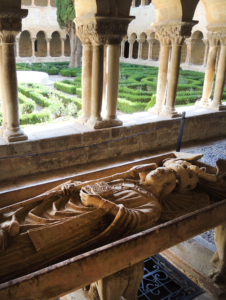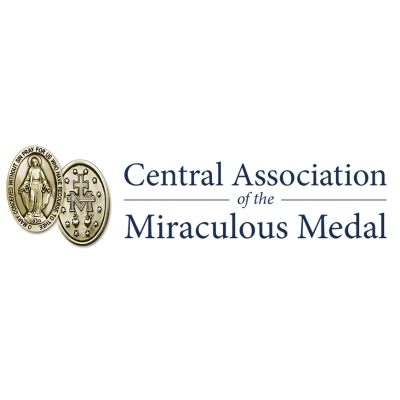St. Dominic of Silos: the Modern Ancient Saint
The Modern Ancient Saint
St. Dominic of Silos

The Church in tenth and eleventh century Europe was struggling. As in our own times, it was dealing with a number of problems, not the least of which was the hierarchy selling church positions and local nobility having control over the appointments of bishops and monasteries. But in difficult times, God always raises up great saints. In 1000 AD, a young boy named Dominic was born to a humble, peasant family in Canas de Navarre, Spain. In his youth, Dominic worked as a shepherd on his family’s farm. It’s said that while caring for his father’s flocks in the foothills of the Pyrenees, he grew to love silence and solitude.
Not surprisingly, he decided to become a monk, joining the Benedictine Monastery of San Millan de la Cogolla. Dominic became known for his holiness, and after being ordained a priest, he was eventually elected as abbot. However, when King García Sánchez III of Navarre tried to seize the monastery’s land, Dominic refused to surrender it, so the king exiled him and two other monks to Castille.
In 1041, King Ferdinand I of León appointed Dominic Abbot of St. Sebastian at Silos. The monastery, which was founded in 954, was in ruins—with only six monks in residence. So, Dominic did what any saint would do: he rebuilt it.
Knowing how successful the monastic reforms at the Monastery of Cluny (in France) had been, Dominic implemented them. These reforms, initiated in 910, renewed the Rules of Saint Benedict, which emphasized traditional monastic life; promoted sacred music, art, and architecture; encouraged devotion to Mary and caring for the poor; and focused on the celebration of the Mass as the liturgy of heaven.
At the Monastery in Silos, Dominic built the cloisters, reformed the monks’ religious life, adjusted their finances, and restored their works of charity. He also established a sizable scriptorium (where ancient books, like the bible, were copied and painted by hand) and carefully protected the Visigothic script of ancient Spain. Not only did Dominic preserve the Mozarabic Rite (one of the Latin Rites in the Church), his monastery was one of the centers of the Mozarabic liturgy.
It became recognized throughout Spain as a hub of prayer, learning, charity, and healing. Dominic was revered as an exorcist and known for miraculously healing every kind of illness. He also helped raise money to ransom Christians imprisoned by the Moors. There were even stories about the captives seeing a bright light, and the prison doors opening by themselves so the prisoners could flee.
By the time he died on December 20, 1073, there were 40 monks living in his monastery, which was eventually named after him.
A hundred years later, Blessed Juana of Aza made a pilgrimage to his monastery and prayed to Dominic to help her conceive a son. She reportedly received a vision where Dominic assured her that God would answer her prayer. She did, indeed, have a son whom she named Dominic. He later founded the Dominican Order.
There’s another reason you might recognize this 11th-century Dominic. In 1994, a CD titled “Chant” hit the top of the billboards and stayed on the chart for 53 weeks. The monks who made the recording were none other than the Benedictines of Santo Domingo de Silos (St. Dominic of Silos).
Photo Attributions:
BANNER: Image by detucson from Pixabay
INSET: José Antonio Gil Martínez from Vigo, Spain, CC BY 2.0 <https://creativecommons.org/licenses/by/2.0>, via Wikimedia Commons
Get InSPIREd!
Sign up below and receive our monthly inspirational Newsletter dedicated to Mary!


